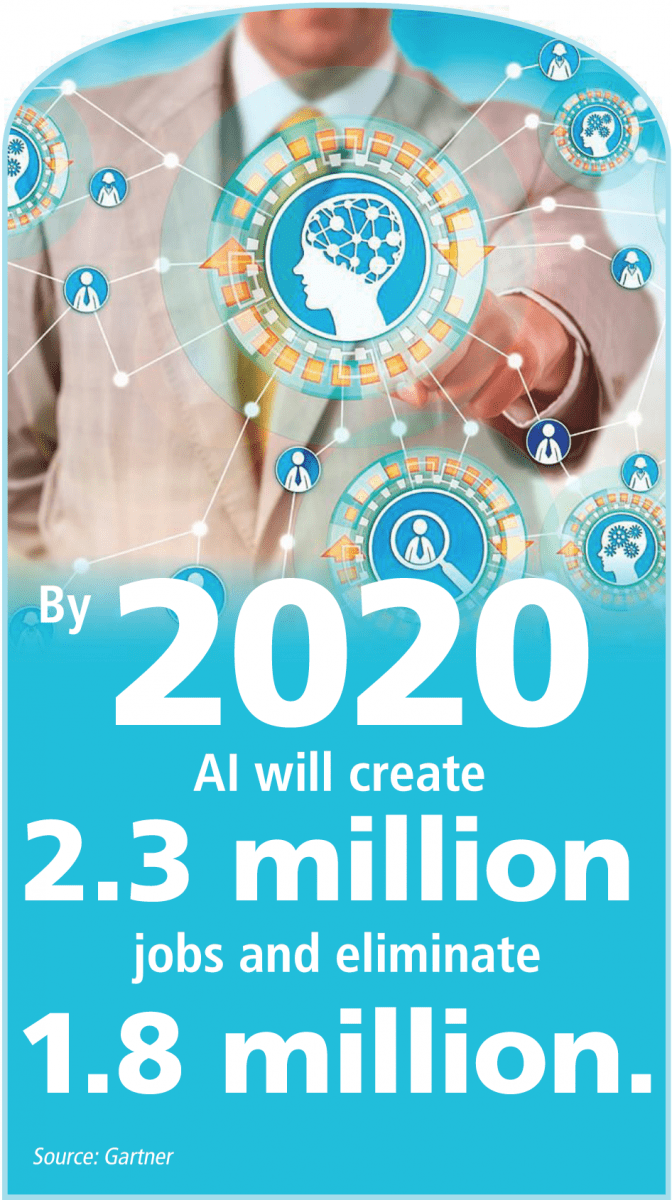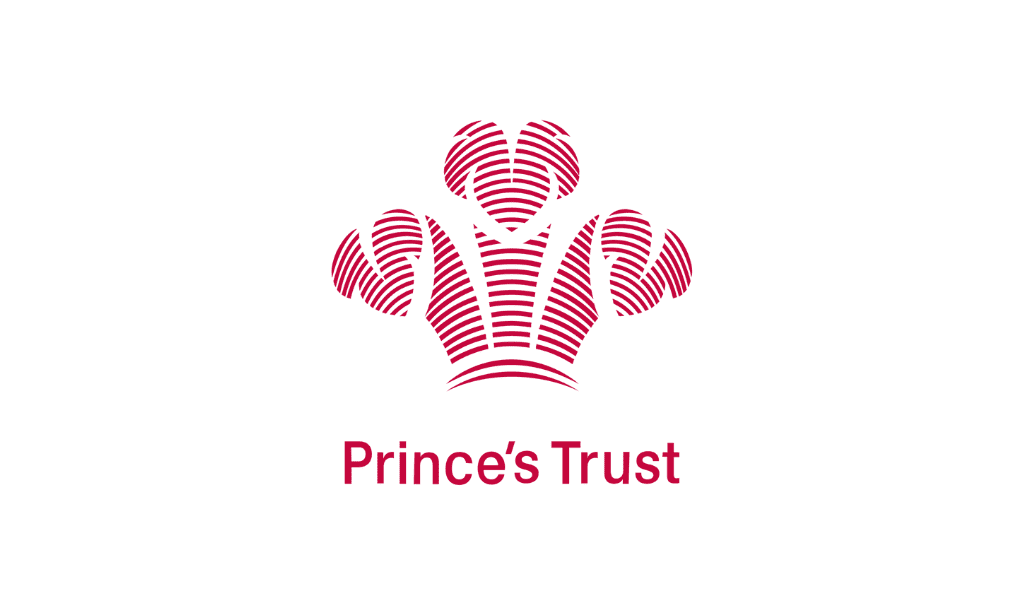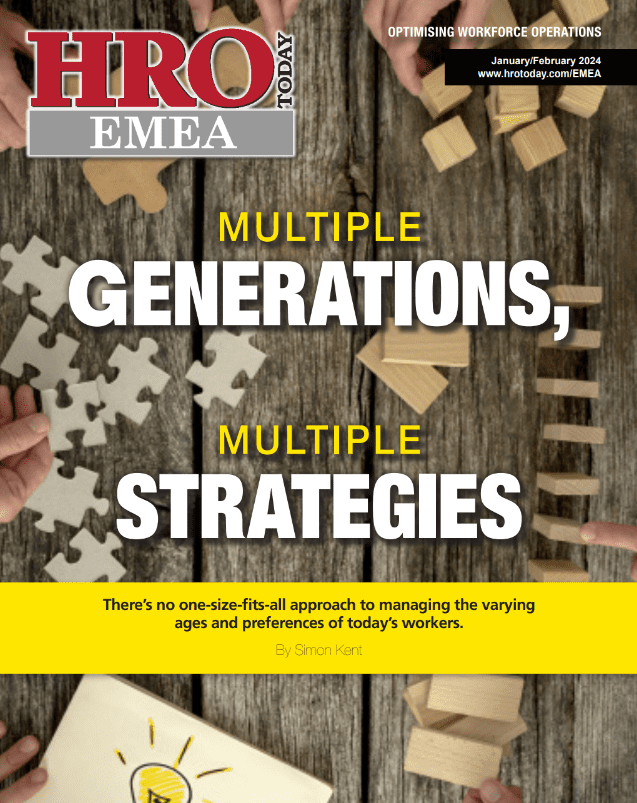Artificial intelligence can elevate workforce planning by providing insight into the key skills and growth potential of talent.
By Steven T. Hunt
Gartner predicts that by 2020, artificial intelligence (AI) will create 2.3 million jobs and eliminate 1.8 million. This shift will redefine the value that employees bring to the workplace, and in many cases, make people’s roles more strategic as machines start to take over manual tasks. However, AI’s impact on administrative roles is only the beginning -leadership roles are also set for disruption.
The impact of AI has already required many leaders to shift their mindset as they prepare to work alongside machines. Executives are starting to lean on AI for answers to questions they previously didn’t even know how to ask, and many common leadership practices are about to be changed forever by AI’s disruption.
Looking Beyond the Organizational Chart
Regardless of industry or size, most companies rely on organizational charts to map roles and responsibilities, with the goal of encouraging task delegation and productivity across various lines of business. Career progress was once defined by climbing the ladder or moving up the organizational chart. Managers often used these charts to influence and interpret power structures within companies.
But today, digitalization is decreasing the value of organizational charts as a tool for managing businesses. In today’s digital organizations, employees work across functions in ways that do not fit into traditional reporting relationships or linear paths. In fact, lateral career moves are becoming just as or even more important than moves up the ladder. With employee roles blurring the lines of traditional functional divisions, organizational charts are no longer an effective tool for mapping career goals and progress.
Instead, with the right data, business leaders can turn to AI for a better understanding of how work is done. Leaders can use employee data to map out important factors like where there may be risk for talent gaps and which employees have the largest impact on the organization.
As the web of available career moves expands beyond the bounds of linear career ladders, AI can also help employees identify which job moves will have the greatest benefit for their long-term growth, whether the move is lateral, linear, or otherwise.
AI: The Staffing Assistant

Leveraging AI will allow business leaders to redefine the staffing and hiring process by providing the data needed to answer questions such as:
- What types of skills are most valuable for certain roles?
- Does this candidate have a high probability of being successful in this job?
As AI becomes more ingrained in business processes, it will help companies enter new markets by informing leaders on whether a geographical area can provide them with the talent needed to support business growth.
From Training to Trust
Trust is at the core of decision-making, whether the decision is being made by an employee or a machine. AI shouldn’t be trusted without continual monitoring and review, as blind trust can introduce bias and lead to systems that run without the proper guidance needed to ensure optimal performance.
Instead, leaders should begin to treat AI systems like they treat people. This means trusting them a little bit at a time, watching the outputs, providing feedback, and coaching in real time.
With this approach, leaders who understand the importance of exploring new technologies will ultimately run the successful companies of the future. Leaders willing to work alongside AI and use it to support decision-making will stand apart from leaders who rely solely on gut instinct. When it comes to big decisions, it’s time to give AI a seat at the table.
Steven T. Hunt, Ph.D., is the senior vice president of human capital management research at SAP SuccessFactors.














